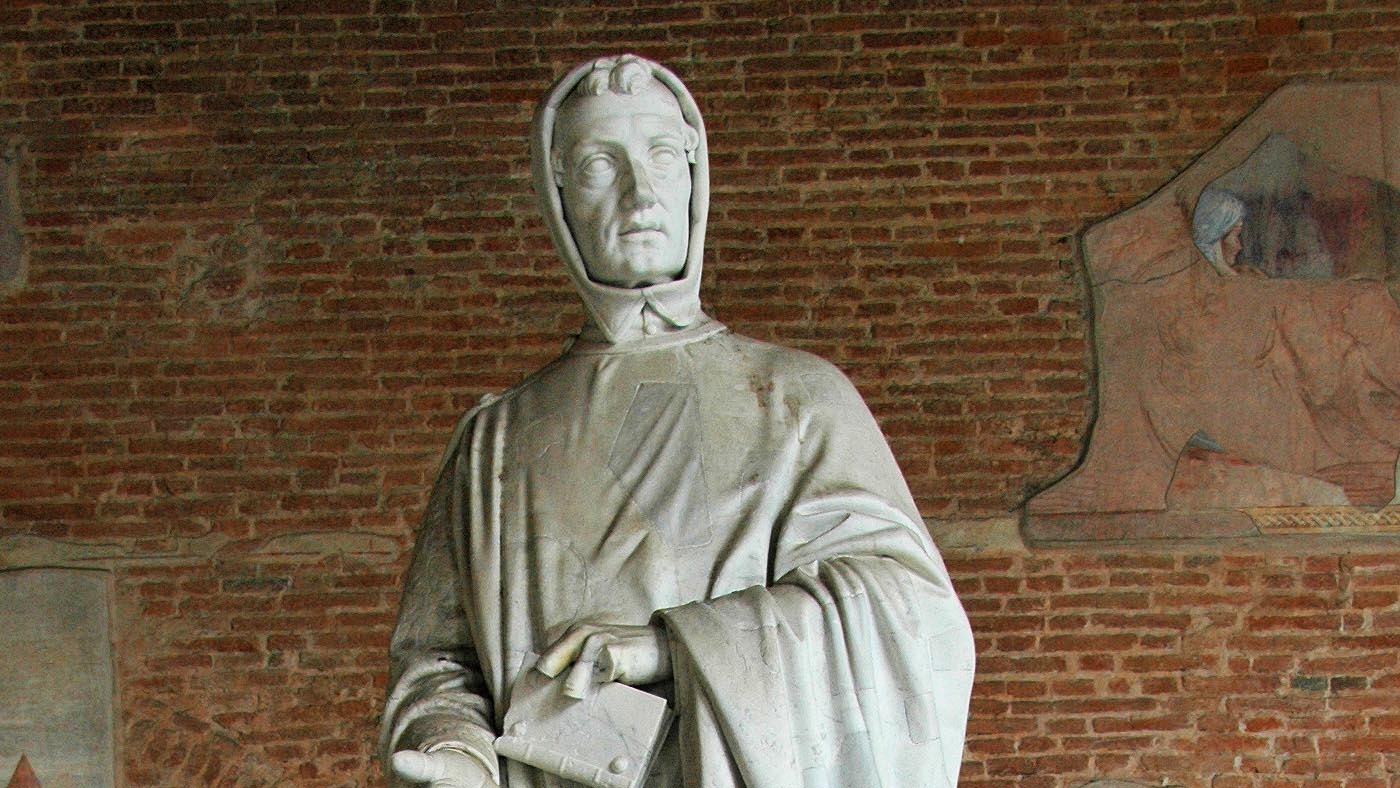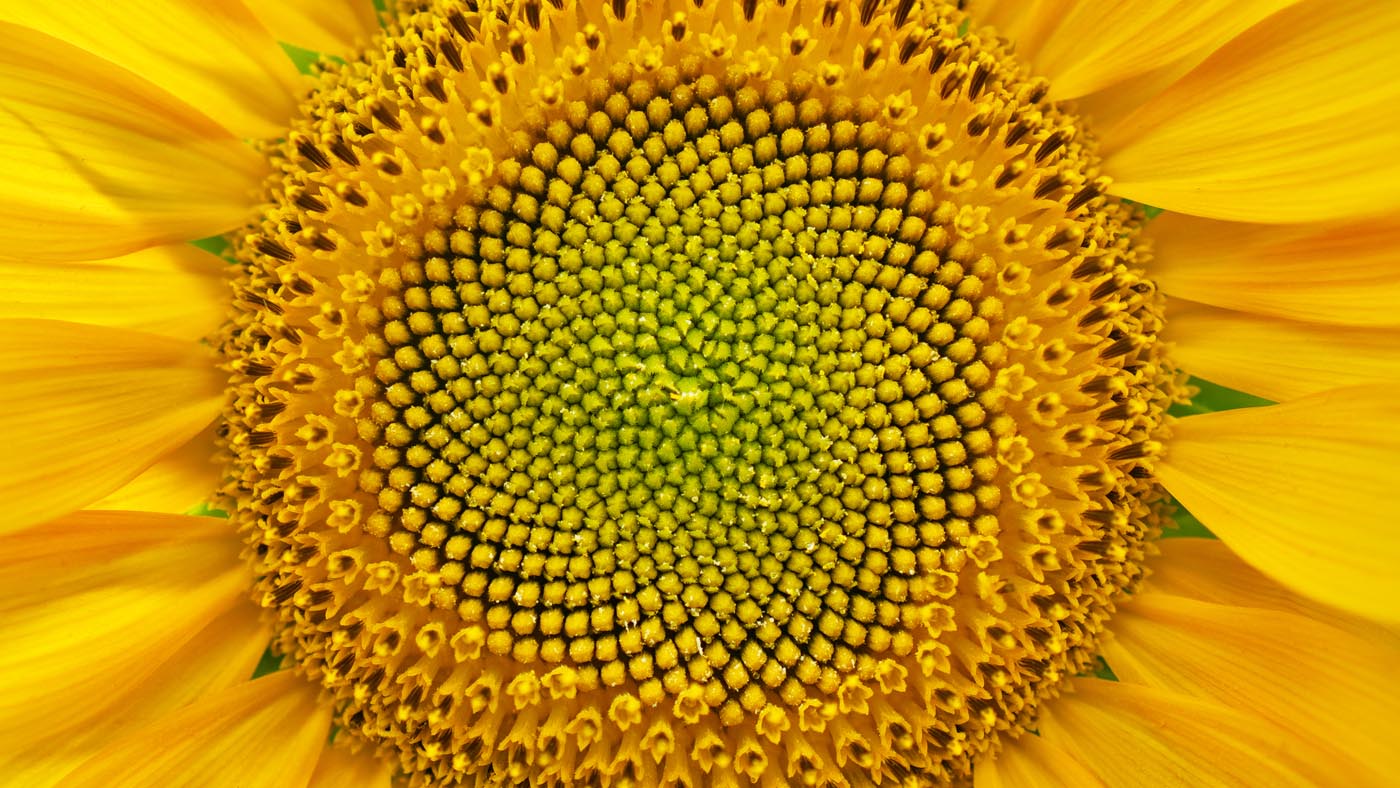Fibonacci Sequence
What is the Fibonacci Sequence?
The Fibonacci sequence is a series of numbers in which each number is the sum of the two preceding ones, usually starting with 0 and 1. In mathematical terms, the sequence is defined recursively as follows:
Fibonacci sequence formula
F(0) = 0, F(1) = 1, F(n) = F(n-1) + F(n-2) for n > 1.
The Fibonacci sequence begins with 0, 1, 1, 2, 3, 5, 8, 13, 21, 34, and so on. Each subsequent number is the sum of the two preceding numbers.
The Fibonacci sequence has numerous fascinating properties and appears in various natural phenomena, such as the growth patterns of plants, the arrangement of leaves on stems, and the structure of pinecones. It also has connections to mathematics, art, and computer science.

Fibonacci Sequence
Who was Fibonacci?
Fibonacci, also known as Leonardo of Pisa or Leonardo Fibonacci, was an Italian mathematician born around 1170 and is best known for introducing the Hindu-Arabic numeral system and popularizing the Fibonacci sequence in the Western world.
Fibonacci’s most famous work is his book “Liber Abaci” (Book of Calculation), published in 1202. In this book, he introduced the decimal number system we use today (0-9) and the concept of place value, including the use of zero. Prior to this, Roman numerals were predominantly used in Europe. Fibonacci’s book played a crucial role in promoting and advancing the adoption of the decimal numeral system in Europe.
In “Liber Abaci,” Fibonacci also presented various mathematical problems and solutions, including the Fibonacci sequence. However, the sequence itself had been previously described in Indian mathematics, particularly by the mathematician Pingala, several centuries before Fibonacci. Fibonacci, however, brought the sequence to the attention of the Western world and demonstrated its various properties and applications.
Fibonacci’s sequence gained significant recognition and interest due to its intriguing mathematical properties and its presence in various natural phenomena. While Fibonacci made important contributions to mathematics, his work extended beyond that and encompassed topics such as arithmetic, algebra, geometry, and commercial mathematics.
Fibonacci’s work laid the foundation for many subsequent developments in mathematics and had a lasting impact on the field. He is considered one of the most influential mathematicians of the Middle Ages and is recognized for his role in popularizing and advancing arithmetic and number theory in Europe.

The Fibonacci sequence itself was not “discovered” in the sense of being an invention or creation by a specific individual. The sequence and its related patterns have been observed and studied for centuries. However, the sequence was popularized and introduced to the Western world by Leonardo Fibonacci.
The sequence had been previously described in Indian mathematics, particularly in connection with the poetic meter by the mathematician Pingala, in texts dating back to around 200 BC. Pingala’s work referred to the sequence as the “mātrāmeru” pattern.
Fibonacci encountered the Fibonacci sequence during his travels to various countries in the Islamic world, where he learned about the decimal system and other mathematical concepts. He recognized the significance of the sequence and included it in his book “Liber Abaci,” along with its various properties and applications.
While Fibonacci did not discover the sequence itself, he played a crucial role in bringing it to the attention of the Western world and showcasing its fascinating mathematical properties. As a result, the sequence became widely known as the Fibonacci sequence, named after Leonardo Fibonacci.

Fibonacci sequence
Fibonacci sequence in nature
The Fibonacci sequence and its related concepts, such as the golden ratio, can be observed in numerous natural phenomena. Here are a few examples:
Flower petals: Many flowers exhibit a specific number of petals that follows a Fibonacci sequence or a number that is a Fibonacci number. For example, lilies often have three petals, buttercups have five, some delphiniums have eight, and daisies usually have 34, 55, or 89 petals. Rose petals are arranged in a Fibonacci spiral. This means that petal number one and six will be on the same vertical imaginary line.

Seed arrangements: The arrangement of seeds in various plants often follows Fibonacci patterns. For instance, in sunflowers, the seeds are typically arranged in two sets of spirals—one clockwise and the other counterclockwise—and the number of spirals often follows Fibonacci numbers.

Pinecones: The scales on a pinecone are arranged in a spiral pattern, with each new scale positioned at a particular angle relative to the previous one. These spirals often follow the Fibonacci sequence.

Tree branches: The branching patterns of trees, especially in certain species like the oak tree, can exhibit Fibonacci-like patterns. The main trunk typically splits into two branches, then each branch splits into two more, and so on, following a pattern akin to the Fibonacci sequence.

Shell structures: The shells of many mollusks, such as nautilus shells, often exhibit spiral growth patterns that approximate the golden ratio or follow Fibonacci spirals.

Body proportions: The proportions of various body parts, such as the segments of an insect’s body, lengths of bones in the human hand, or the distribution of feathers on a bird can approximate the golden ratio or follow Fibonacci ratios.

While these patterns can often be found in nature, they do not always strictly adhere to the Fibonacci sequence or the golden ratio. Nature is complex, and other factors can influence the specific arrangements and proportions observed.
Fibonacci sequence
why is the Fibonacci sequence important
The Fibonacci sequence is significant for several reasons:
Mathematical Properties: The sequence has interesting mathematical properties and relationships. For instance, the ratio of consecutive Fibonacci numbers tends to approximate the golden ratio (approximately 1.618), which is a fundamental ratio found in nature, art, and design. The Fibonacci sequence is also closely connected to the Lucas sequence and has numerous other intriguing mathematical properties.
Nature and Biology: The Fibonacci sequence appears in various natural phenomena. It can be observed in the growth patterns of plants, such as the spirals in sunflowers, pinecones, and the arrangement of leaves on stems. This pattern allows plants to efficiently utilize space and resources for optimal growth.
Art and Design: Artists, architects, and designers have drawn inspiration from the Fibonacci sequence and the golden ratio. It is believed that using these proportions in artwork and design creates aesthetically pleasing and visually harmonious compositions.
Algorithms and Problem-Solving: The Fibonacci sequence is often used as an example in algorithmic and problem-solving exercises. It provides a straightforward way to introduce concepts like recursion and dynamic programming. Understanding the Fibonacci sequence helps develop problem-solving skills and lays the foundation for more advanced mathematical concepts.
Number Theory and Combinatorics: The Fibonacci sequence has connections to various areas of number theory and combinatorics. It can be explored in depth to understand the properties of numbers, divisibility, modular arithmetic, and more.
Overall, the Fibonacci sequence is important because it not only showcases fascinating mathematical properties but also offers insights into the patterns and structures found in the natural world and serves as a foundation for various mathematical and scientific disciplines.
Fibonacci sequence
Ways the Fibonacci sequence has influenced design:
Typography: The golden ratio is often used to determine ideal proportions for typography, such as the width of text columns, line spacing, and font sizes. Applying these ratios can improve readability and create a harmonious typographic system.
Product design: Fibonacci-based proportions and the golden ratio are utilized in product design to create aesthetically pleasing and ergonomic forms. From architecture to industrial design, designers apply these principles to achieve visually balanced and functional products.
Nature-inspired design: The Fibonacci sequence is often associated with natural forms and patterns. Designers draw inspiration from these patterns to create organic and biomimetic designs that mimic the aesthetic and efficiency found in nature.
Fibonacci sequence
Fibonacci sequence influence on visual hierarchy or visual weight
The Fibonacci sequence can guide designers in establishing visual hierarchies within a design. By applying the sequence, designers can determine the relative size and positioning of elements to draw attention and guide the viewer’s eye through the composition.
The Fibonacci sequence and its related concept, the golden ratio, have been utilized in visual design to create a sense of balance, harmony, and aesthetic appeal. They can influence visual hierarchy in the following ways:
Proportional Relationships: The Fibonacci sequence and golden ratio provide a set of proportions that are visually pleasing and are believed to create a sense of balance. By applying these proportions to elements in a design, such as the size of objects or the placement of visual elements, a sense of hierarchy can be established. Larger elements can be placed in relation to smaller elements using Fibonacci ratios to create a pleasing and visually appealing composition.
Grid Systems: Grid systems based on the Fibonacci sequence or golden ratio can be used to establish a hierarchy in layout design. These grids create a structure that helps organize visual elements and guides the viewer’s attention. Elements can be placed along the grid lines or at key intersections to create a hierarchy based on their size, importance, or relevance.
Composition and Placement: The Fibonacci spiral, derived from the Fibonacci sequence, is often used as a guide for placing visual elements in a composition. The spiral starts from a central point and expands outward in a logarithmic spiral, with each quarter-circle arc corresponding to a Fibonacci number. Placing important elements along this spiral can create a natural flow and guide the viewer’s gaze through the composition, establishing a visual hierarchy.
Scaling and Resizing: Applying Fibonacci ratios when scaling or resizing elements can help maintain visual harmony. For example, reducing the size of an element by a Fibonacci ratio can create a visually pleasing progression of sizes and help establish a hierarchy within a set of related elements.
While the Fibonacci sequence and the golden ratio have been influential in design, they are not universally applicable or considered a rigid rule. Designers use these principles as guidelines to achieve aesthetically pleasing results, but creativity and individual judgment still play a significant role in the design process.
SOURCES AND REFERENCES
Interested in more?
mathsisfun.com // wikipedia.org // techtarget.com // livescience.com // mathworld.wolfram.com // youtube.com // britannica.com // clevelanddesign.com // howstuffworks.com // thoughtco.com //


